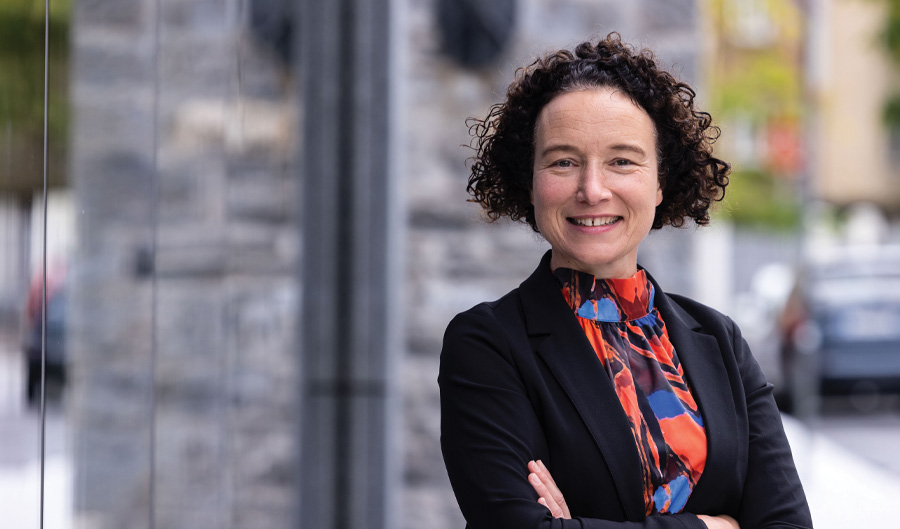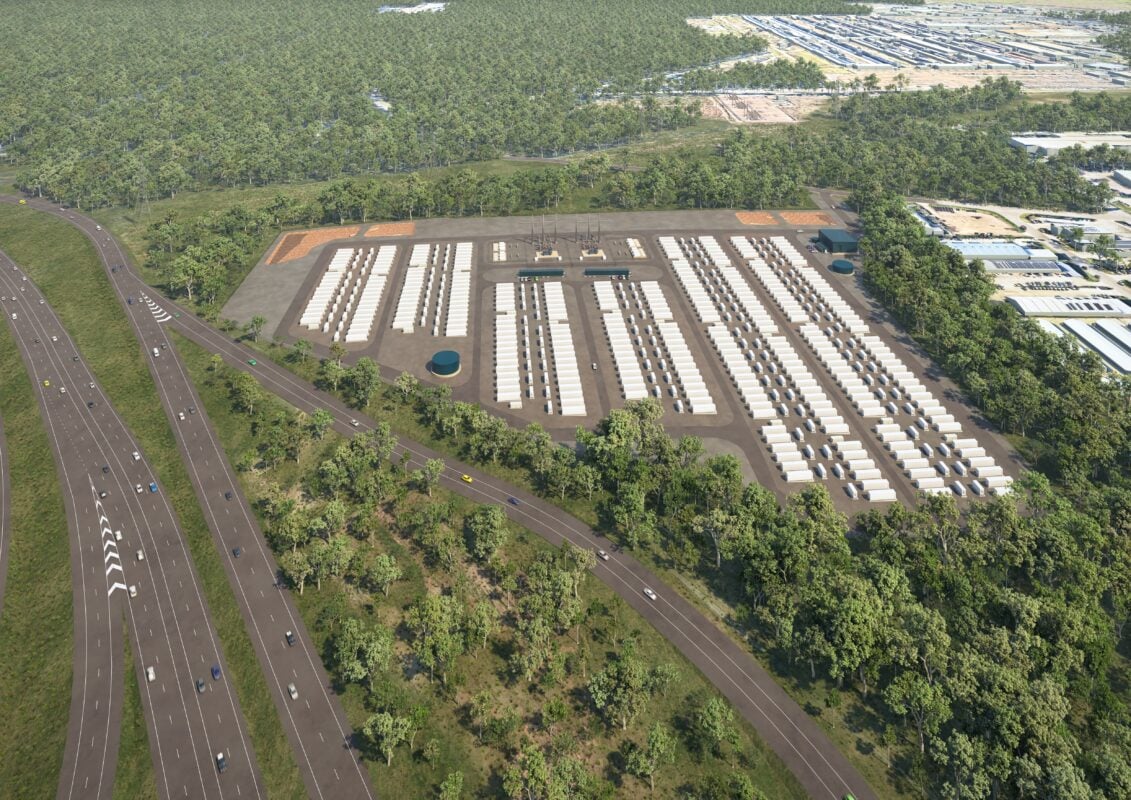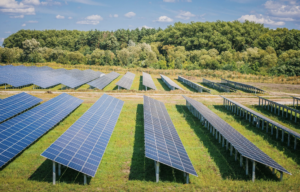Colorado Awards $1.6 Million in Final Round of Geothermal Energy Grant Program Funding – renewableenergymagazine.com

Report on Colorado’s Geothermal Energy Grant Program and Alignment with Sustainable Development Goals
Program Overview and Objectives
The Colorado Energy Office (CEO) has allocated funding for a series of geothermal energy initiatives. The grants enable awardees, including local governments, educational institutions, non-profit organizations, and private businesses, to plan and install geothermal heat pumps and thermal energy networks. The primary objective is to deliver low-cost, energy-efficient heating and cooling, thereby advancing multiple state and global sustainability targets.
Funding Allocation and Social Equity
A total of 16 awards were distributed in the latest funding round. A significant majority of this funding, 89.3%, is mandated to serve just transition, disproportionately impacted, or low-income communities, directly addressing social equity within the energy transition.
- Five awards will support single-structure geothermal initiatives.
- Nine awards will fund thermal energy network studies.
- Two awards will facilitate thermal energy network installation initiatives.
Contribution to Sustainable Development Goals (SDGs)
The program’s structure and intended outcomes show a strong alignment with several United Nations Sustainable Development Goals (SDGs).
- SDG 7 (Affordable and Clean Energy): The core of the program is to increase the share of renewable energy by promoting geothermal technology. This enhances energy reliability and provides an affordable, clean energy source for heating and cooling, contributing directly to targets for universal access to modern energy.
- SDG 11 (Sustainable Cities and Communities): By funding thermal energy networks and retrofitting buildings, the initiatives help create inclusive, resilient, and sustainable communities. Projects in urban neighborhoods like Denver’s Ruby Hill aim to reduce the per capita environmental impact of cities.
- SDG 10 (Reduced Inequalities): The explicit focus on directing nearly 90% of funding to disadvantaged and low-income communities ensures that the benefits of the clean energy transition are distributed equitably, reducing energy cost burdens and promoting social justice.
- SDG 13 (Climate Action): Geothermal initiatives are a key strategy for climate change mitigation by reducing carbon emissions from buildings. This integrates climate action into local and state-level planning and infrastructure development.
- SDG 3 (Good Health and Well-being): By replacing emission-heavy heating sources, the program contributes to improved air quality, which has direct positive impacts on public health and well-being.
- SDG 9 (Industry, Innovation, and Infrastructure): The grants foster innovation in clean energy and support the development of resilient, sustainable infrastructure, such as the utility-scale thermal energy networks being planned.
Project Highlights and Impact
The awarded initiatives demonstrate innovative applications of geothermal technology across different scales.
- Larimer County: A new emergency services facility will be equipped with single-structure geothermal heat pumps. This project is projected to cut carbon emissions by more than 50% over a 25-year period, showcasing a tangible contribution to SDG 13.
- Xcel Energy: Following a siting study, the utility will develop detailed designs and community engagement strategies for large-scale thermal energy network projects. These projects in Denver and Frisco represent a significant step towards creating sustainable community infrastructure in line with SDG 11.
Analysis of Sustainable Development Goals (SDGs) in the Article
1. Which SDGs are addressed or connected to the issues highlighted in the article?
-
SDG 7: Affordable and Clean Energy
- The article focuses on initiatives to install geothermal heat pumps and thermal energy networks, which are forms of clean and renewable energy. It explicitly mentions “clean energy technologies,” “low-cost energy source,” and “energy-efficient heating and cooling.”
-
SDG 11: Sustainable Cities and Communities
- The projects are aimed at improving infrastructure in homes, buildings, and communities (“utility scale thermal energy network projects”). The goal of reducing emissions and improving air quality directly contributes to making human settlements more sustainable and resilient.
-
SDG 13: Climate Action
- A primary driver for the geothermal initiatives is climate change mitigation. The article repeatedly highlights the goal of reducing emissions, such as “reduce emissions from homes and buildings” and a specific project that will “cut carbon emissions by more than half over 25 years.”
-
SDG 10: Reduced Inequalities
- The article specifies that a significant portion of the funding is targeted at disadvantaged groups, stating that “89.3% of this funding will go to initiatives that serve just transition, disproportionately impacted, or low-income communities.” This directly addresses the goal of ensuring that development benefits are shared equitably.
2. What specific targets under those SDGs can be identified based on the article’s content?
-
Under SDG 7 (Affordable and Clean Energy):
- Target 7.2: Increase substantially the share of renewable energy in the global energy mix. The article’s entire focus is on promoting and funding geothermal energy, a renewable source, to replace conventional heating and cooling methods.
- Target 7.3: Double the global rate of improvement in energy efficiency. The text mentions the installation of “energy-efficient heating and cooling” systems.
- Target 7.a: Enhance international cooperation to facilitate access to clean energy research and technology… and promote investment in energy infrastructure and clean energy technology. The Geothermal Energy Grant Program is a clear example of promoting investment in clean energy infrastructure and technology at the state level.
-
Under SDG 11 (Sustainable Cities and Communities):
- Target 11.6: Reduce the adverse per capita environmental impact of cities, including by paying special attention to air quality. The initiatives aim to “protect our air quality” and “reduce emissions from homes and buildings,” directly addressing the environmental impact of communities.
-
Under SDG 13 (Climate Action):
- Target 13.2: Integrate climate change measures into national policies, strategies and planning. The state of Colorado, through the Colorado Energy Office (CEO), has created the Geothermal Energy Grant Program, which is a clear integration of climate action into state-level policy and planning.
-
Under SDG 10 (Reduced Inequalities):
- Target 10.2: Empower and promote the social, economic and political inclusion of all… irrespective of economic or other status. The program’s design, which allocates 89.3% of funding to low-income and disproportionately impacted communities, directly supports this target by ensuring these groups benefit from the clean energy transition.
3. Are there any indicators mentioned or implied in the article that can be used to measure progress towards the identified targets?
-
For SDG 7 (Affordable and Clean Energy):
- Indicator (Implied): Investment in clean energy. The article discusses the 16 awards made through the Geothermal Energy Grant Program, representing a direct financial investment.
- Indicator (Implied): Share of renewable energy. The number of new geothermal installations (5 single-structure, 2 network installations) can be used as a proxy for measuring the increase in renewable energy capacity for heating and cooling.
-
For SDG 11 (Sustainable Cities and Communities) & SDG 13 (Climate Action):
- Indicator (Direct): Reduction in greenhouse gas emissions. The article provides a specific metric for one project: “cut carbon emissions by more than half over 25 years.” This is a direct indicator of progress. The overall goal to “reduce emissions from homes and buildings” also serves as a key performance indicator for all funded projects.
-
For SDG 10 (Reduced Inequalities):
- Indicator (Direct): Proportion of funding benefiting specific communities. The article explicitly states that “89.3% of this funding will go to initiatives that serve just transition, disproportionately impacted, or low-income communities.” This percentage is a direct and measurable indicator for this target.
4. Summary Table of SDGs, Targets, and Indicators
| SDGs | Targets | Indicators |
|---|---|---|
| SDG 7: Affordable and Clean Energy |
7.2: Increase the share of renewable energy. 7.3: Improve energy efficiency. 7.a: Promote investment in clean energy technology. |
– Number of funded geothermal initiatives (16 total awards). – Number of new installations (5 single-structure, 2 networks). – Promotion of “energy-efficient” systems. |
| SDG 11: Sustainable Cities and Communities | 11.6: Reduce the environmental impact of cities, focusing on air quality. |
– Development of thermal energy networks in communities (e.g., Denver, Frisco). – Stated goal to “protect our air quality.” |
| SDG 13: Climate Action | 13.2: Integrate climate change measures into policies and planning. |
– Existence of the state-level Geothermal Energy Grant Program. – Measured reduction in emissions (“cut carbon emissions by more than half over 25 years”). |
| SDG 10: Reduced Inequalities | 10.2: Promote social and economic inclusion of all. | – Proportion of funding directed to disadvantaged groups (“89.3% of this funding will go to… low-income communities”). |
Source: renewableenergymagazine.com

What is Your Reaction?
 Like
0
Like
0
 Dislike
0
Dislike
0
 Love
0
Love
0
 Funny
0
Funny
0
 Angry
0
Angry
0
 Sad
0
Sad
0
 Wow
0
Wow
0









































































